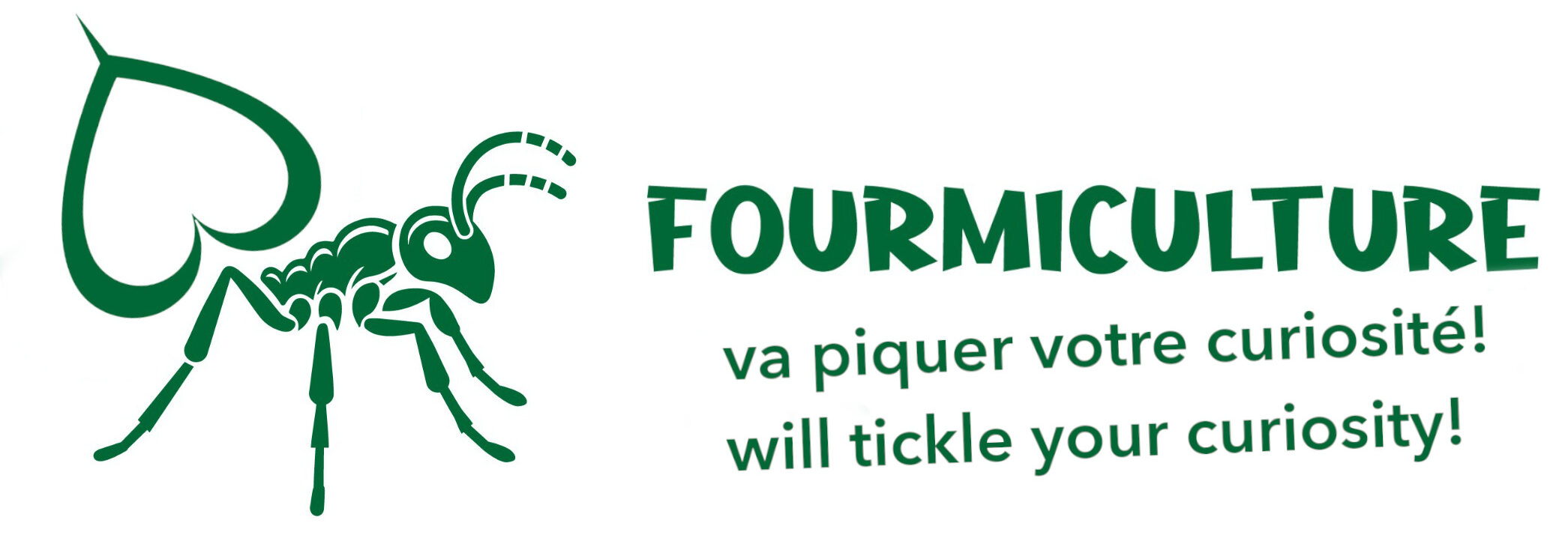Raising invertebrates in the classroom is a fascinating educational method for teaching students the concepts of biology, ecology and animal behavior. Among the various invertebrates available, ants and stick insects are among the most commonly used species in classroom rearing. In this article, we will explore the specific educational advantages of keeping ants over stick insects and other invertebrates, with a focus on fluency in learning.
I. Ant farming: an open window on the world of animal societies
Understanding the social structure of ants: Raising ants in the classroom provides a unique opportunity to observe their complex social structure up close. Students can learn how the different castes (workers, soldiers, queens) interact and cooperate to ensure the survival and prosperity of the colony. This experience strengthens their understanding of the concepts of cooperation, mutual aid and communication in the animal kingdom, which are less evident in stick insects and other solitary invertebrates.
Observing the organization and communication of ants: Ants are highly organized insects that use pheromones to communicate with each other and coordinate their activities. By raising ants in the classroom, students can observe first-hand the different ways in which ants communicate and organize themselves to accomplish various tasks. This observation promotes the learning of the concepts of chemical communication and social behavior, which are less visible in stick insects and other invertebrates.
Understanding the distribution of tasks within the colony: Raising ants in the classroom also allows students to discover how the different castes distribute tasks. The workers are responsible for foraging, rearing the larvae and maintaining the nest, while the soldiers defend the colony against intrusions and threats. The queens, on the other hand, are responsible for perpetuating the colony. This distribution of tasks illustrates concepts such as specialization and efficiency, which are less present in stick insects and other solitary invertebrates.
.
II. Ant breeding: an educational tool for studying evolution and adaptation
Diversity of ant species: With over 12,000 species, keeping ants in the classroom offers immense diversity for students. Each species exhibits specific characteristics and lifestyles, giving students an opportunity to study the evolution and adaptation of ants in different environments and conditions. In comparison, although stick insects also exhibit species diversity, they do not allow the same wealth of information about evolution and adaptation to be explored.
Morphological and behavioral adaptations of ants: Raising ants in the classroom allows students to better understand the morphological and behavioral adaptations that allow these insects to survive and thrive in varied environments. For example, some species of ants have developed strategies to find food, such as growing mushrooms or breeding aphids. In contrast, stick insects and other solitary invertebrates exhibit more limited adaptations, primarily focused on camouflage and defense.
III. The Practical Benefits of Keeping Ants in the Classroom
Ease of Care: Ants are relatively easy insects to keep in the classroom. They require little space and can be maintained in artificial anthills designed to facilitate observation and maintenance. Comparatively, stick insects require specific conditions of humidity and temperature, as well as a larger space for them to climb and move around.
Sustainability of farming: Ants are very resilient insects capable of surviving in a variety of conditions. This makes rearing ants in the classroom more sustainable and less likely to suffer failures due to environmental factors. On the other hand, stick insects and other invertebrates can be more sensitive to variations in temperature and humidity, which can present a challenge for their rearing in the classroom.
Reduced Ecological Impact: Keeping ants in the classroom educates teachers and students about the importance of insects in ecosystems, including their role in pollination, decomposition, and biological pest control. This encourages students to adopt behaviors that respect the environment and to better understand the impact of their actions on biodiversity.
Obviously, the rearing of ants in the classroom has many educational advantages over stick insects and other invertebrates, especially with regard to the study of social structure, evolution and adaptation. Additionally, ant husbandry offers practical benefits such as ease of maintenance, durability, and reduced ecological impact. By integrating ant husbandry into the school curriculum, teachers can provide their students with a unique and engaging learning experience, while raising awareness of the importance of insects and biodiversity.
